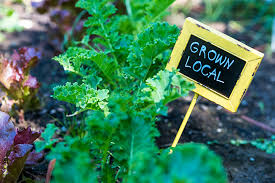Calculating farming’s contribution to greenhouse gas emissions is difficult, but experts agree that feeding the world’s people has tremendous climate and environmental impacts. Estimates of global emissions from farms range widely. The U.S. Environmental Protection Agency puts them at 24 percent, including deforestation, making agriculture the second-largest emitter after heat and electricity.
Agriculture contributes to global warming in a number of ways. Methane and nitrous oxide, which are more potent than CO2 but remain in the atmosphere for shorter times, make up about 65 percent of agricultural emissions. Methane comes mainly from cattle and nitrous oxide from fertilizers and wastes.
According to the World Resources Institute, “Smaller sources include manure management, rice cultivation, field burning of crop residues and fuel use on farms.” Net emissions are also created when forests and wetlands are cleared for farming, as these “carbon sinks” usually absorb and store more carbon than the farms that replace them. Transporting and processing agricultural products also contribute to global warming.

